Taq Kasra: The Magnificent Arch of Persian Architecture
In the heart of ancient Persia, amid the sprawling landscape of what is now Iran, stands a testament to the architectural brilliance of the Persian culture – Taq Kasra. This majestic arch, also known as the Arch of Ctesiphon, has not only survived the test of time but also represents the ingenuity, artistry, and grandeur of the Persian Empire.
Historical Significance: Taq Kasra holds a prominent place in history as one of the few remnants of the great city of Ctesiphon, the capital of the Parthian and Sassanian Empires. Its construction is believed to have been initiated during the rule of Ardeshir I, the founder of the Sassanian Empire, in the 3rd century CE. This period marked a renaissance in Persian architecture, with a distinct focus on monumental structures that exemplified the power and cultural identity of the empire.
Architectural Marvel:
The arch stands as a symbol of architectural prowess, with its grand semi-circular design and intricate embellishments. The central arch spans over 25 meters, making it one of the largest single-span arches in the world. The intricate brickwork, both exterior and interior, showcases the mastery of the craftsmen who meticulously placed each brick to create a harmonious blend of form and function.
Taq Kasra’s architectural significance lies not only in its grandeur but also in the ingenious design elements that make it a true masterpiece of Persian architecture. The arch’s semi-circular form, a hallmark of Persian arches, symbolizes the union of heaven and earth, reflecting the spiritual and earthly realms of Persian cosmology. This design choice imparts a sense of harmony and balance to the structure, echoing the philosophical and cultural ideals of the Persian civilization.
The exterior of Taq Kasra is adorned with intricate ornamentation that showcases the Persian artisans’ mastery of decorative art. Floral motifs, geometric patterns, and inscriptions are meticulously carved into the brickwork, creating a visual narrative that celebrates the empire’s achievements, its rulers, and its connection to the divine. The facade’s intricate embellishments are a testament to the Persian love for beauty and aesthetics, which permeated all aspects of their culture.
The interior of Taq Kasra is equally captivating. The use of deep niches and recesses along the walls not only adds structural stability but also creates a sense of depth and dimension within the arch. The interplay of light and shadow enhances the arch’s three-dimensional effect, capturing the eye and evoking a sense of wonder. This manipulation of architectural elements to evoke emotions is a quintessential characteristic of Persian architecture, where form and function converge to create an immersive experience for visitors.
The arch’s towering height and colossal scale are balanced by its elegant proportions, a hallmark of Persian architectural aesthetics. This careful attention to proportion and symmetry reflects the Persian emphasis on creating spaces that resonate with the human spirit and provide a sense of order in the universe. As visitors stand beneath the arch, they are not just witnesses to a physical structure; they are enveloped in an architectural embrace that carries echoes of a rich cultural legacy.
In conclusion, Taq Kasra stands as an embodiment of Persian architectural brilliance, where form, function, symbolism, and aesthetics seamlessly intertwine. Its grandeur speaks to the power and influence of the Persian Empire, while its intricate detailing and design reflect the cultural sophistication of the civilization. As we gaze upon Taq Kasra today, we are transported to a time when Persian architects crafted not just structures but living embodiments of their culture, leaving an indelible mark on the landscape of history.
Construction Techniques: The construction of Taq Kasra is a testament to the advanced engineering techniques of the time. Bricks were used as the primary building material, reflecting the resourcefulness of Persian architects. The arch was constructed by layering and bonding these bricks in a technique called “true arch construction,” which allowed for the arch to bear the weight of the structure above it. This innovative approach highlights the ingenuity of Persian builders and their understanding of structural mechanics.
Cultural Significance: Taq Kasra is not just an architectural marvel; it’s a living embodiment of Persian culture. The intricacies of the brickwork reveal a meticulous attention to detail that mirrored the intricate Persian art forms of the era. The arch’s location within the heart of the Persian Empire underscores its role as a focal point of political, cultural, and economic life. It was a site of importance for ceremonies, gatherings, and diplomatic events that showcased the empire’s might.
Legacy and Preservation: While the centuries have seen empires rise and fall, Taq Kasra has endured as a silent guardian of Persian history and culture. It has faced challenges such as natural elements, invasions, and neglect, yet its magnificent form still stands tall, albeit partially. Efforts to preserve and restore this architectural gem continue, with various conservation initiatives striving to protect this monument for future generations to marvel at and learn from.
Conclusion: Taq Kasra, the Arch of Ctesiphon, stands as an awe-inspiring testament to the magnificence of Persian architecture. Rooted in the rich cultural heritage of ancient Persia, this architectural marvel showcases the prowess of Persian builders, the sophistication of their engineering techniques, and the grandeur of their artistic vision. As a remnant of the Persian Empire, Taq Kasra serves as a bridge between the past and the present, inviting us to explore the intricate tapestry of Persian history and culture through its arching form.


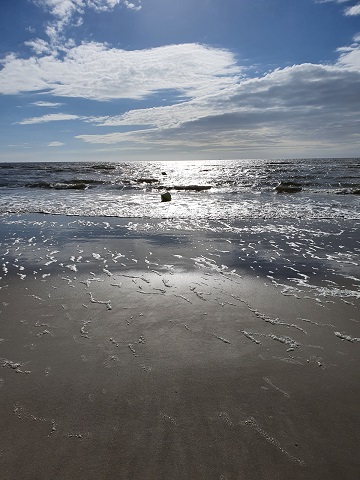


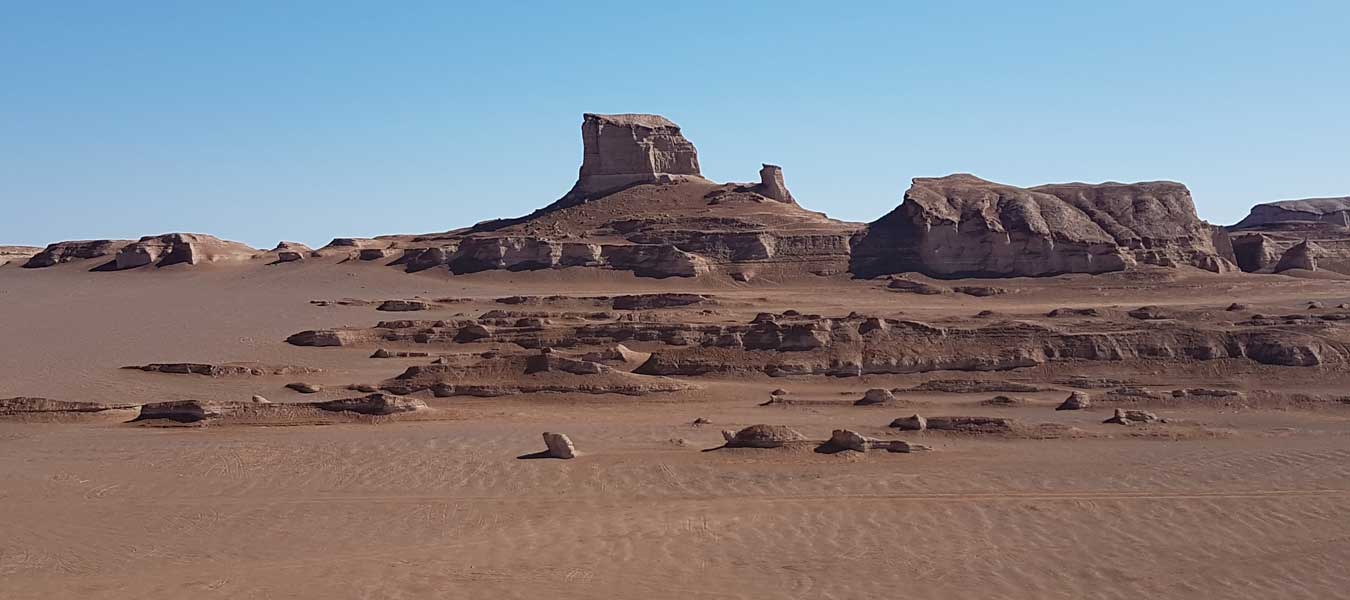

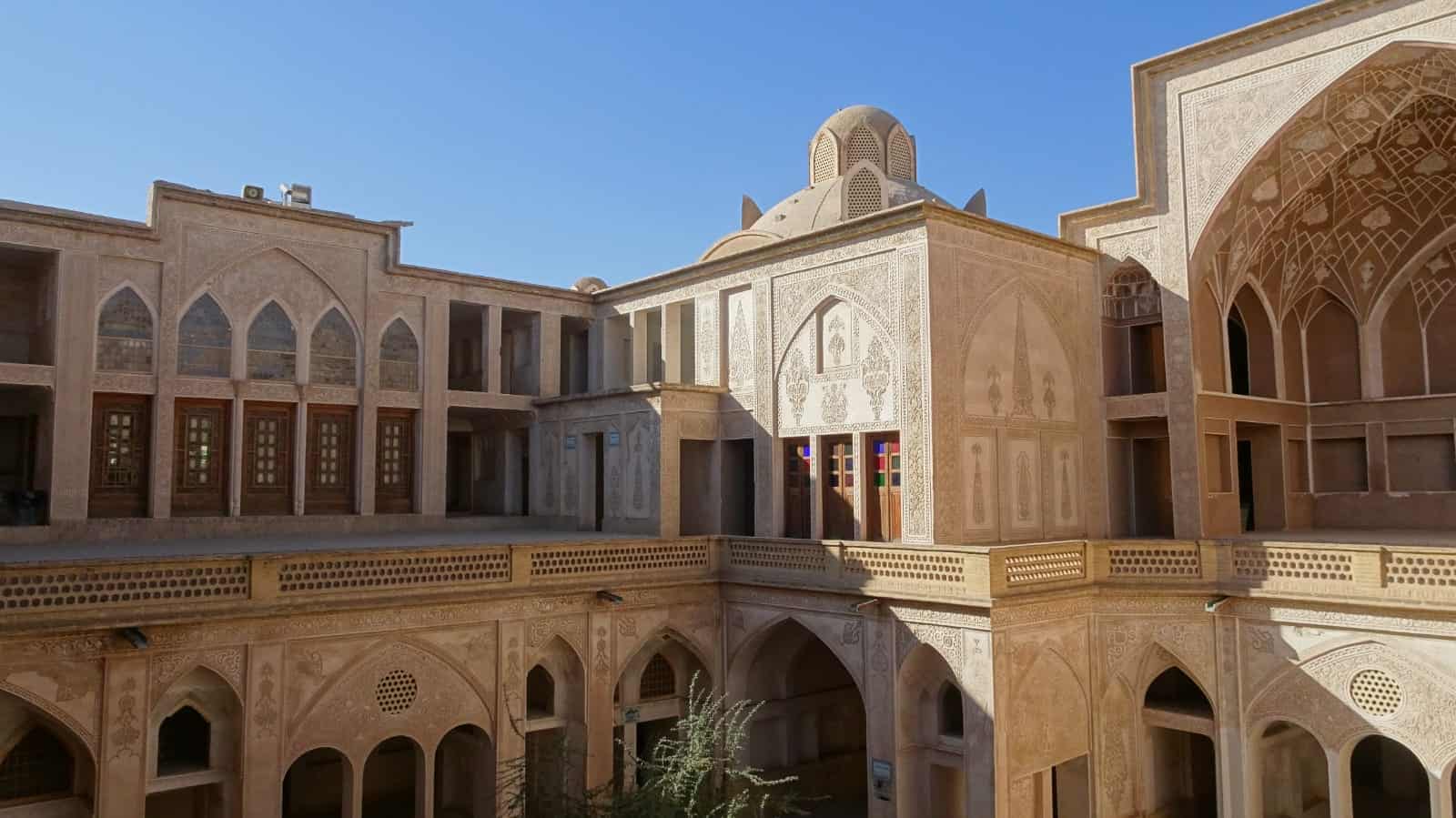
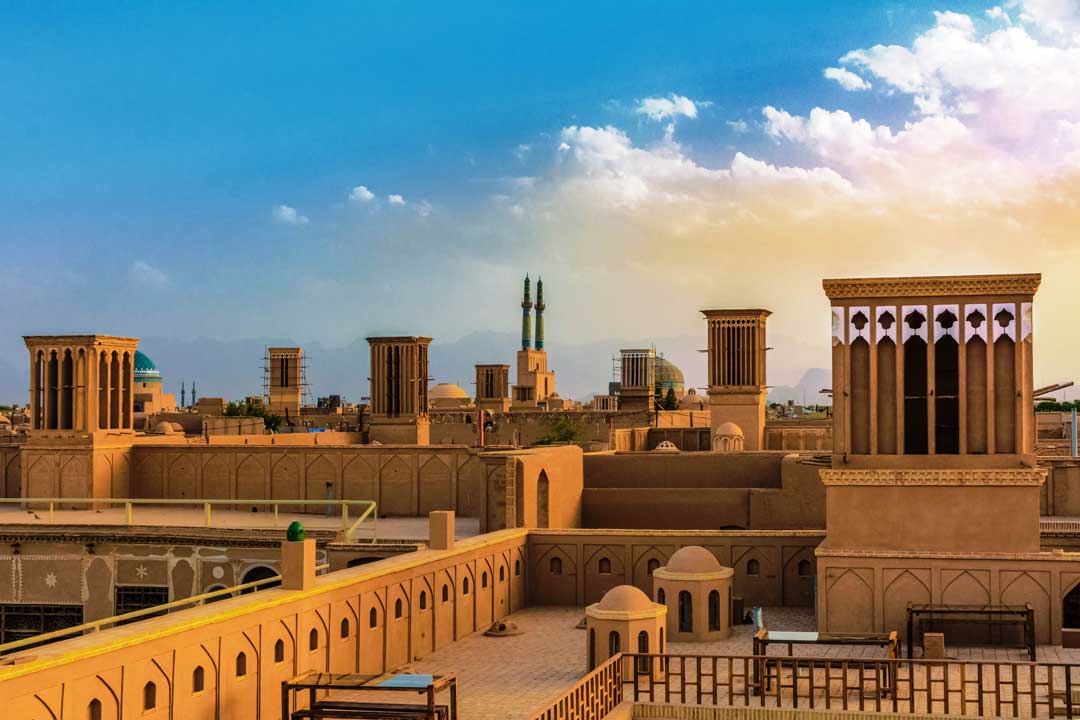

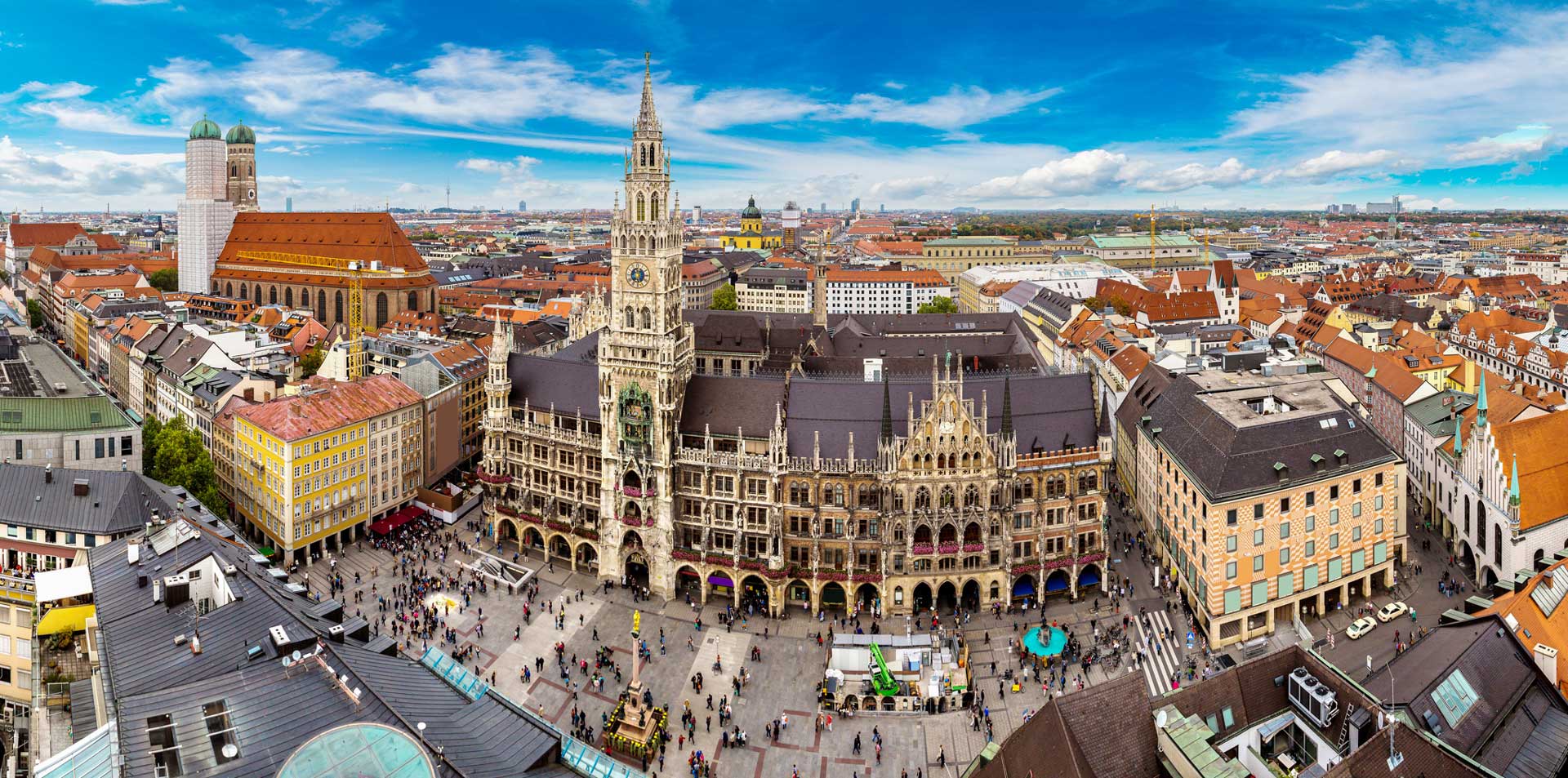
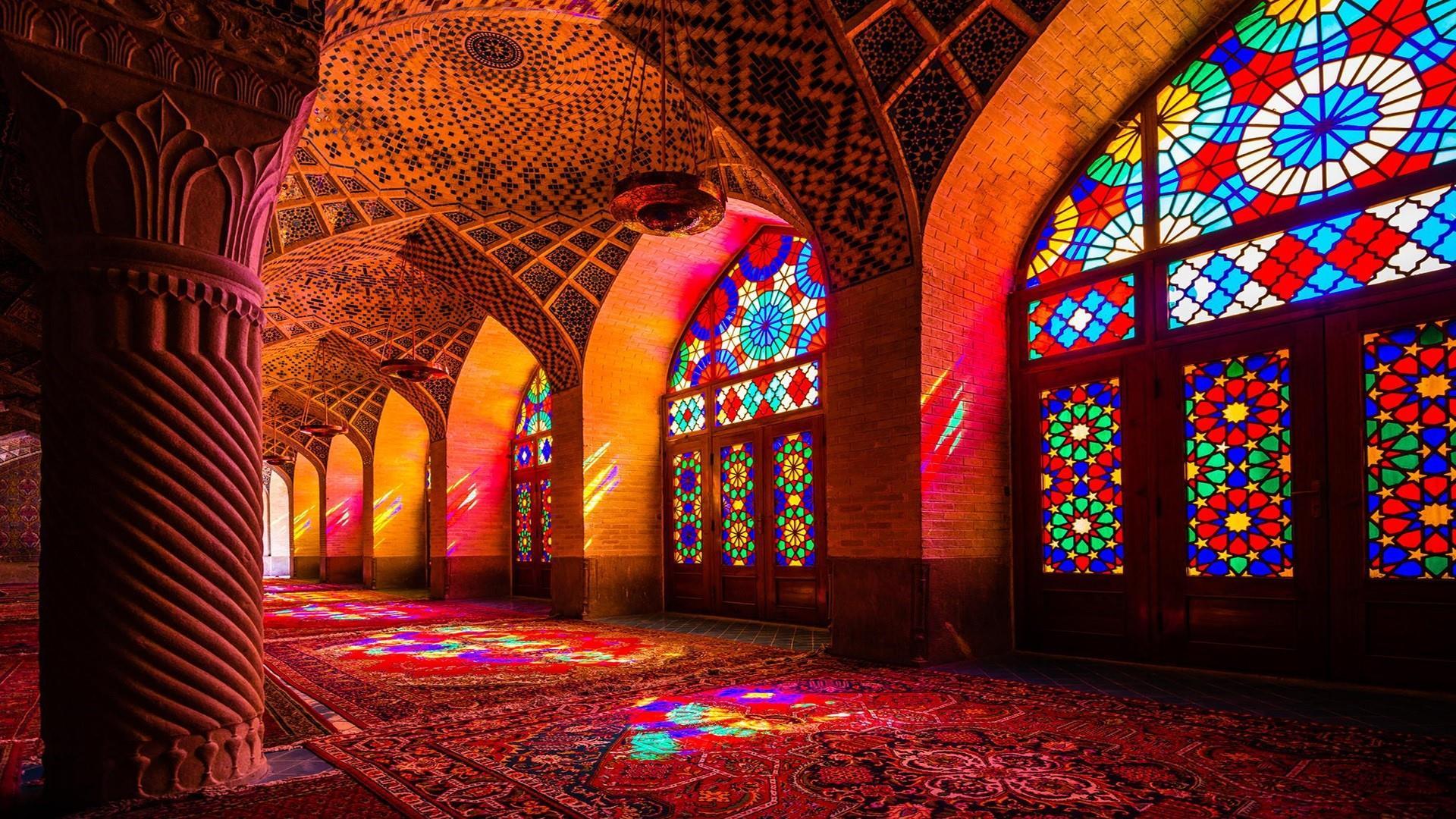
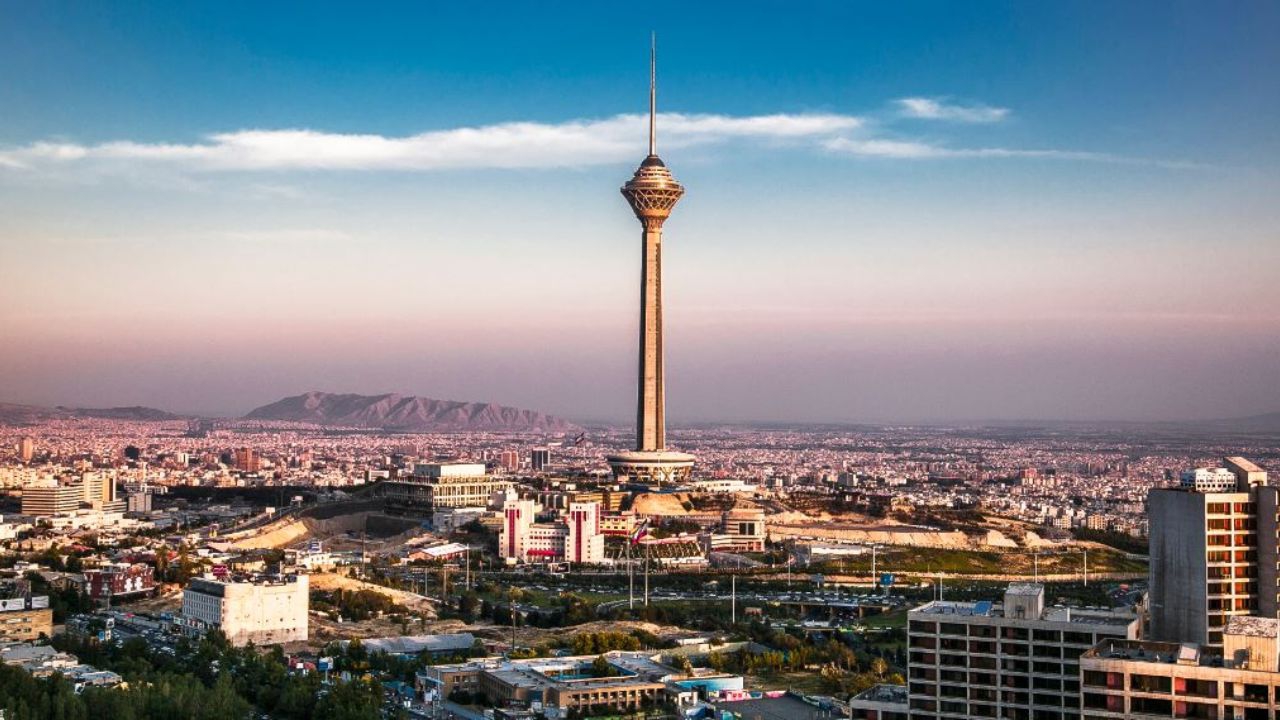
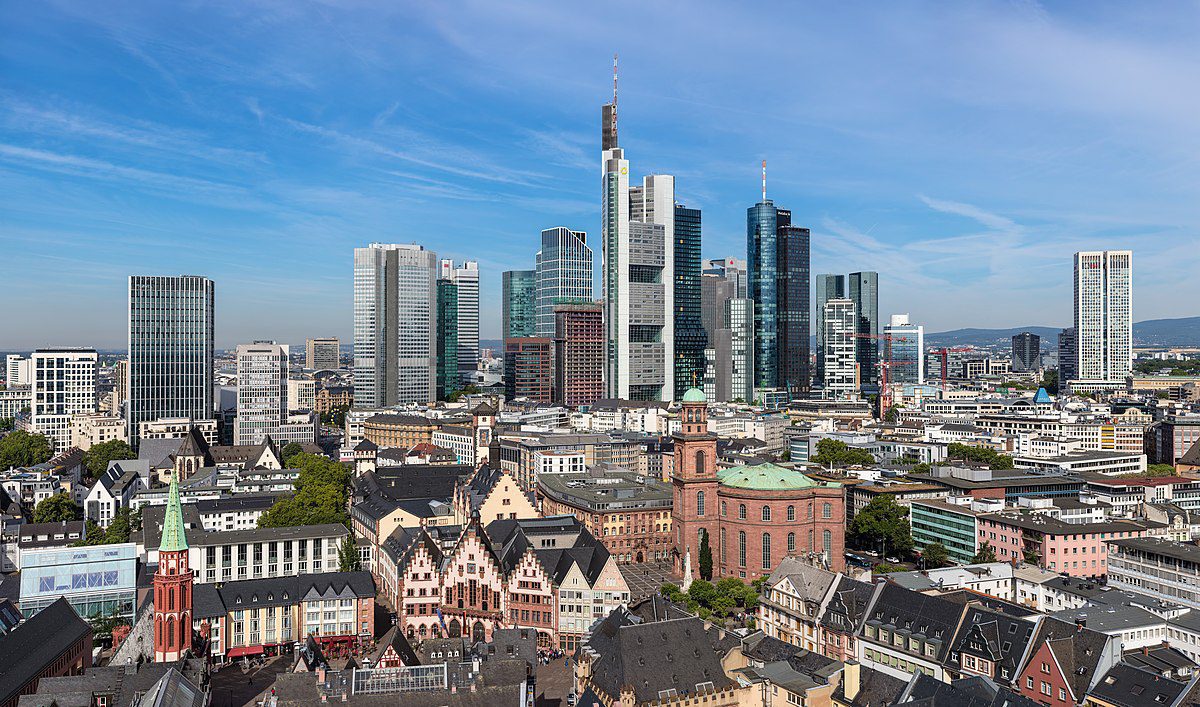

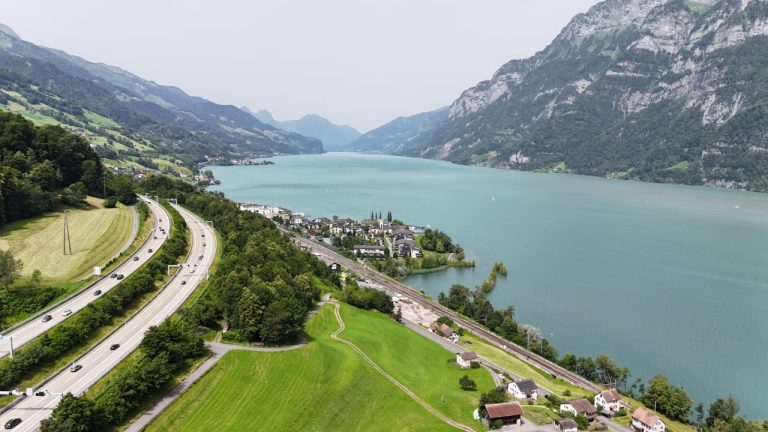


Leave a reply